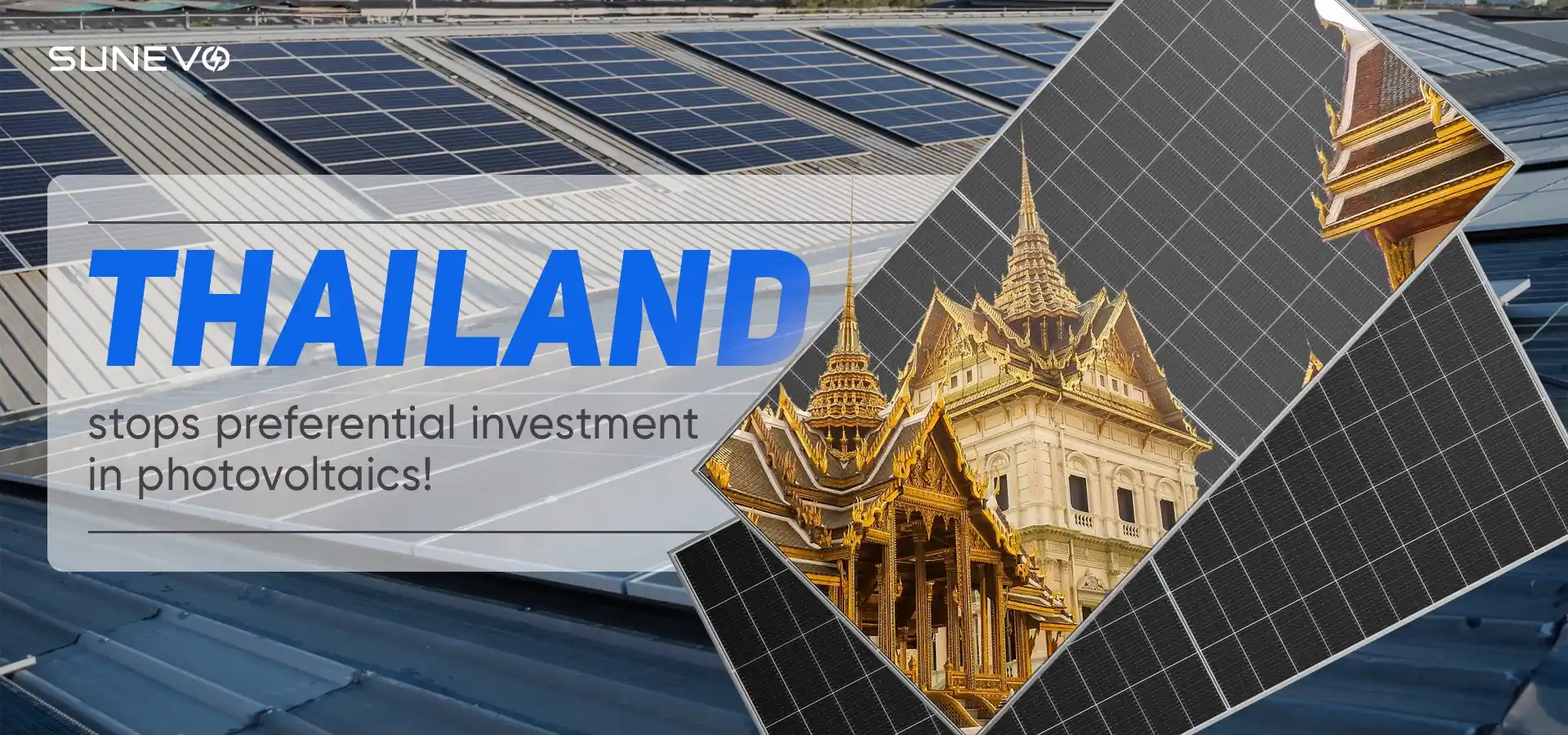 Thailand stops preferential investment in photovoltaics and other industries and strengthens local production process review to respond to US tariffs
Thailand stops preferential investment in photovoltaics and other industries and strengthens local production process review to respond to US tariffs
May 29, 2025
According to Thai media reports, the Thai Board of Investment (BOI) held a meeting on the 19th and introduced 4 measures to help Thai companies cope with US tariffs and external challenges. First, stop investment promotion preferences for industries with oversupply or susceptible to trade restrictions from the United States and other countries, including solar cell and panel manufacturing, some auto parts (lead-acid batteries, decorative parts, etc. that do not affect vehicle driving performance and safety), metal cutting, waste sorting outside industrial parks and without recycling links, downstream steel industries such as long product manufacturing, plates (only hot-rolled coils, thick steel plates), various steel pipes, etc. Second, for industries susceptible to US trade measures, strengthen the review of key production processes. For example, auto parts, electrical appliances, electronics, metal products and light industries will set clear conditions, must have key production processes, fully process and transform raw materials, improve the acceptance of Thai products in the export market, and ensure national interests. Third, adjust the employment conditions for foreign personnel. For manufacturing enterprises applying for investment promotion, if the total number of employees of the company reaches 100 or more, at least 70% of the employees must be Thai. Foreigners applying for BOI visas and work permits must meet the minimum salary standards, such as a monthly salary of not less than 150,000 baht for senior executives and a monthly salary of not less than 50,000 baht for professional and technical personnel, in order to protect local employment. Fourth, help small and medium-sized enterprises affected by US tariffs. Encourage Thai small and medium-sized enterprises to invest in improving their own efficiency and enhancing their competitiveness, such as replacing machinery and equipment, adopting automation and digital technology, saving energy, upgrading to international sustainable standards, and transforming to emerging industries. The original exemption of corporate income tax for 3 years (limited to no more than 50% of the investment amount) will be increased to 5 years (limited to no more than 100% of the investment amount).
View More
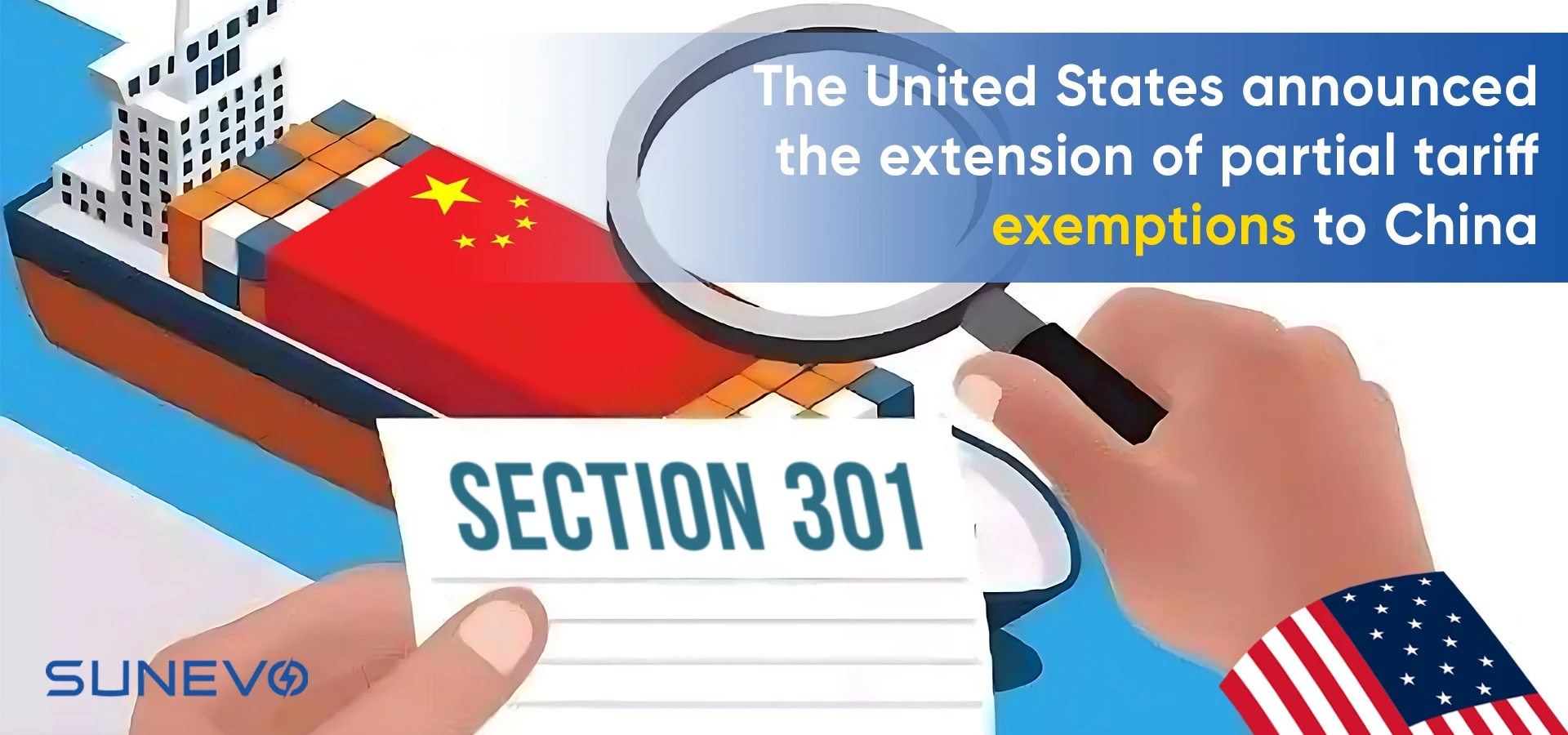 The United States announced the extension of partial tariff exemptions to China
The United States announced the extension of partial tariff exemptions to China
 Thailand stops preferential investment in photovoltaics and other industries and strengthens local production process review to respond to US tariffs
Thailand stops preferential investment in photovoltaics and other industries and strengthens local production process review to respond to US tariffs
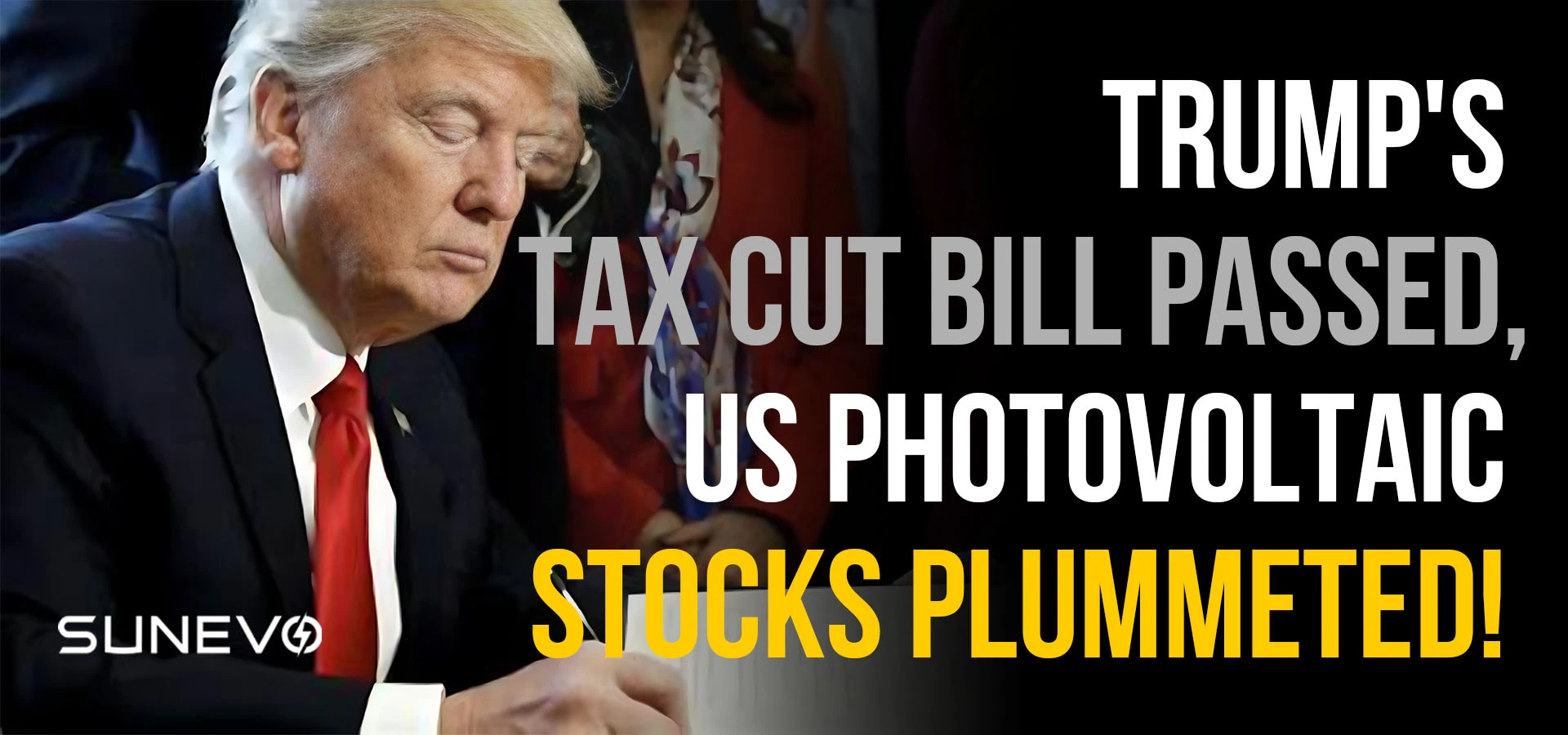 Trump's tax cut bill passed by the House of Representatives, US photovoltaic stocks plummeted!
Trump's tax cut bill passed by the House of Representatives, US photovoltaic stocks plummeted!
 Globalization! Six countries reach a unified agreement on railway transport tariffs
Globalization! Six countries reach a unified agreement on railway transport tariffs
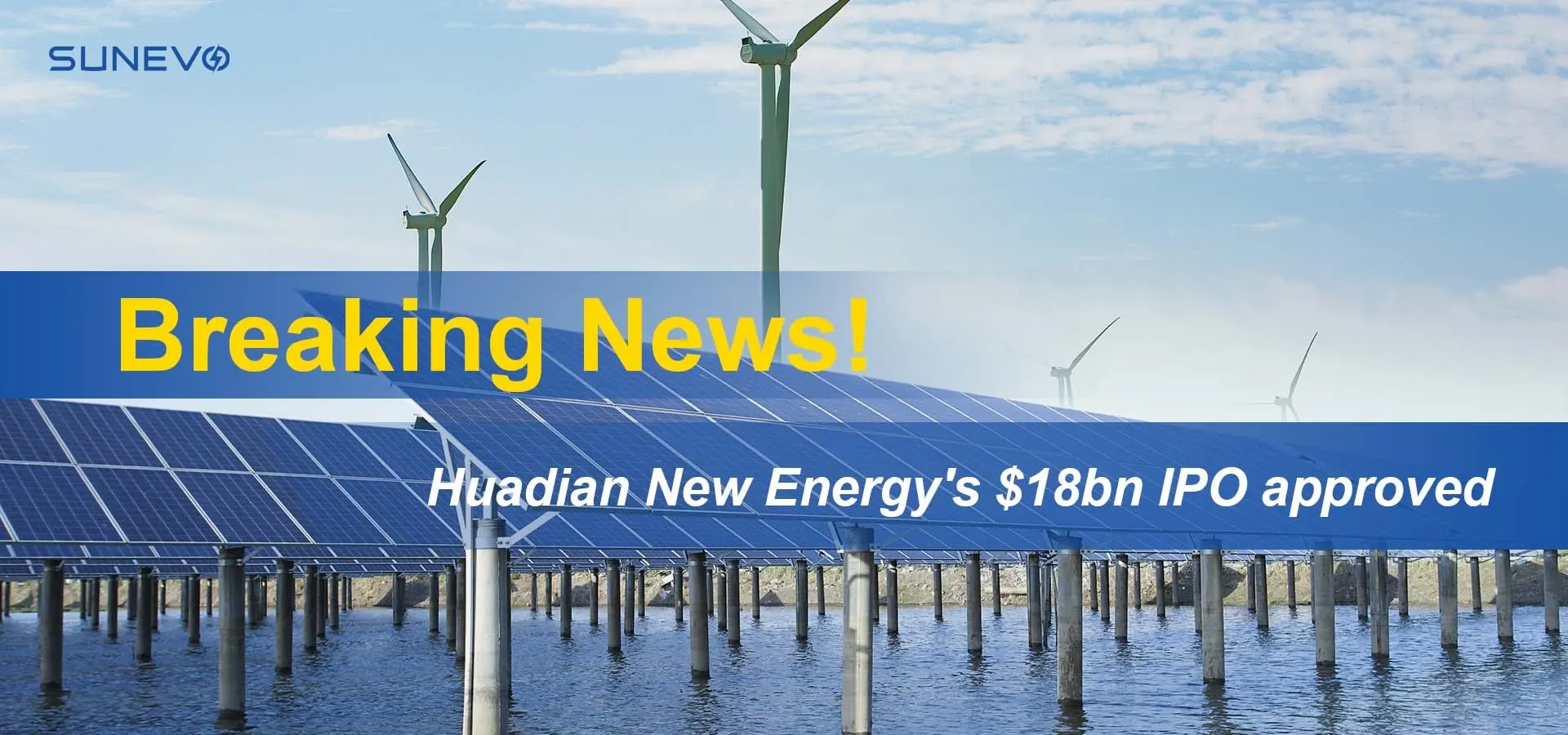 Breaking News! Huadian New Energy 's $18bn IPO approved
Breaking News! Huadian New Energy 's $18bn IPO approved
 Sanctions lifted! Are there opportunities in the Syrian electricity and solar markets?
Sanctions lifted! Are there opportunities in the Syrian electricity and solar markets?
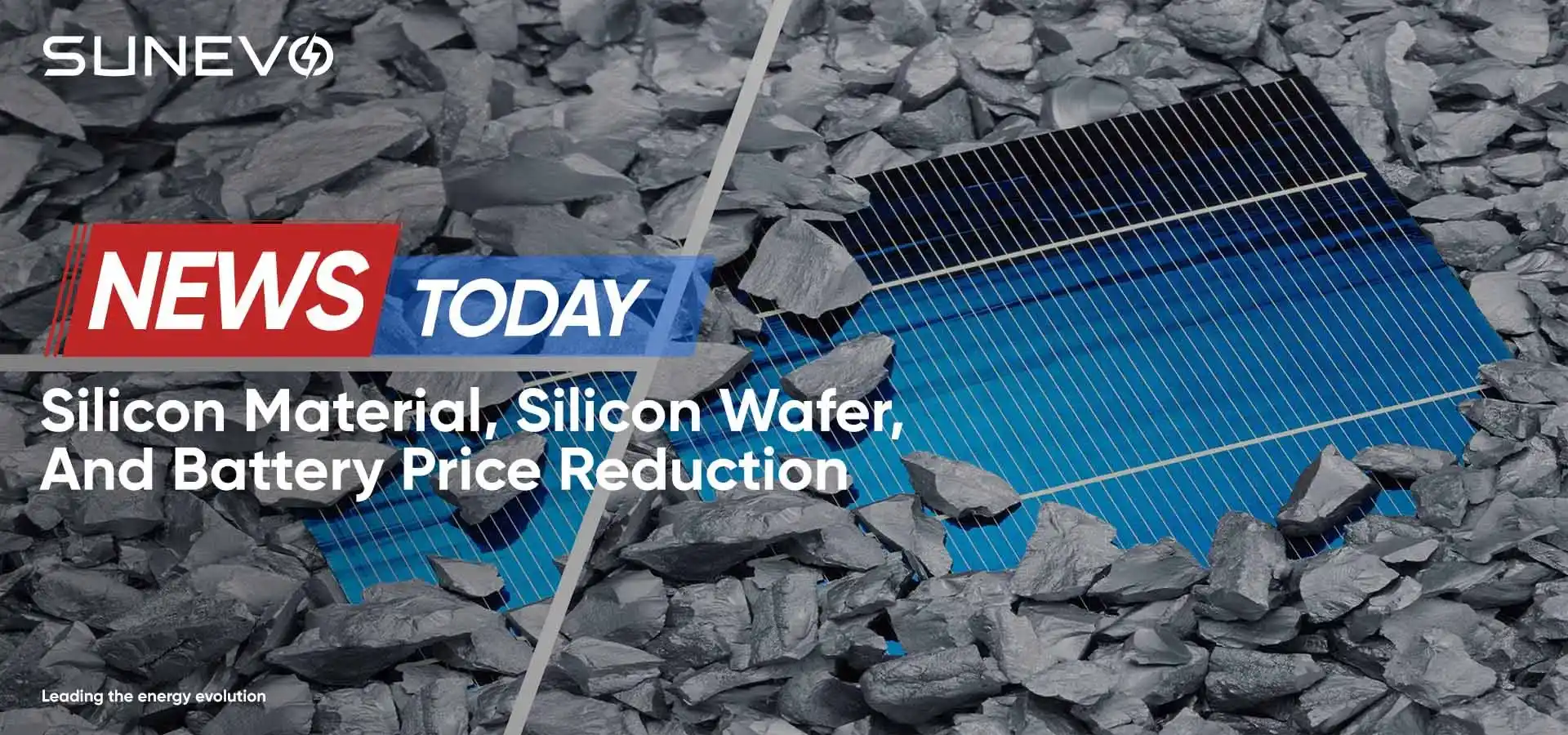 Silicon material, silicon wafer, and battery price reduction
Silicon material, silicon wafer, and battery price reduction
 SunPower Brand Changes Hands!
SunPower Brand Changes Hands!
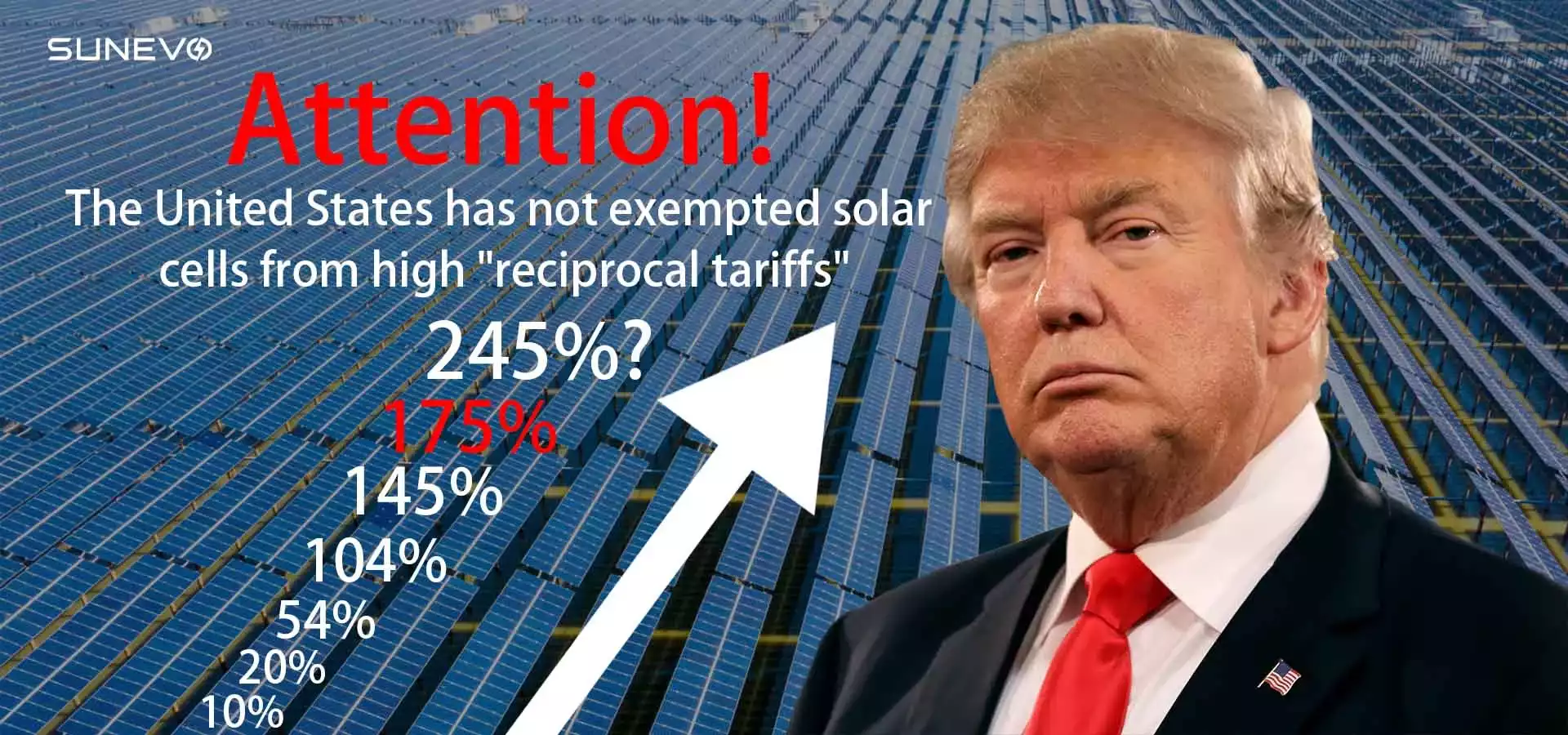 Attention! The United States has not exempted solar cells from high "reciprocal tariffs"
Attention! The United States has not exempted solar cells from high "reciprocal tariffs"
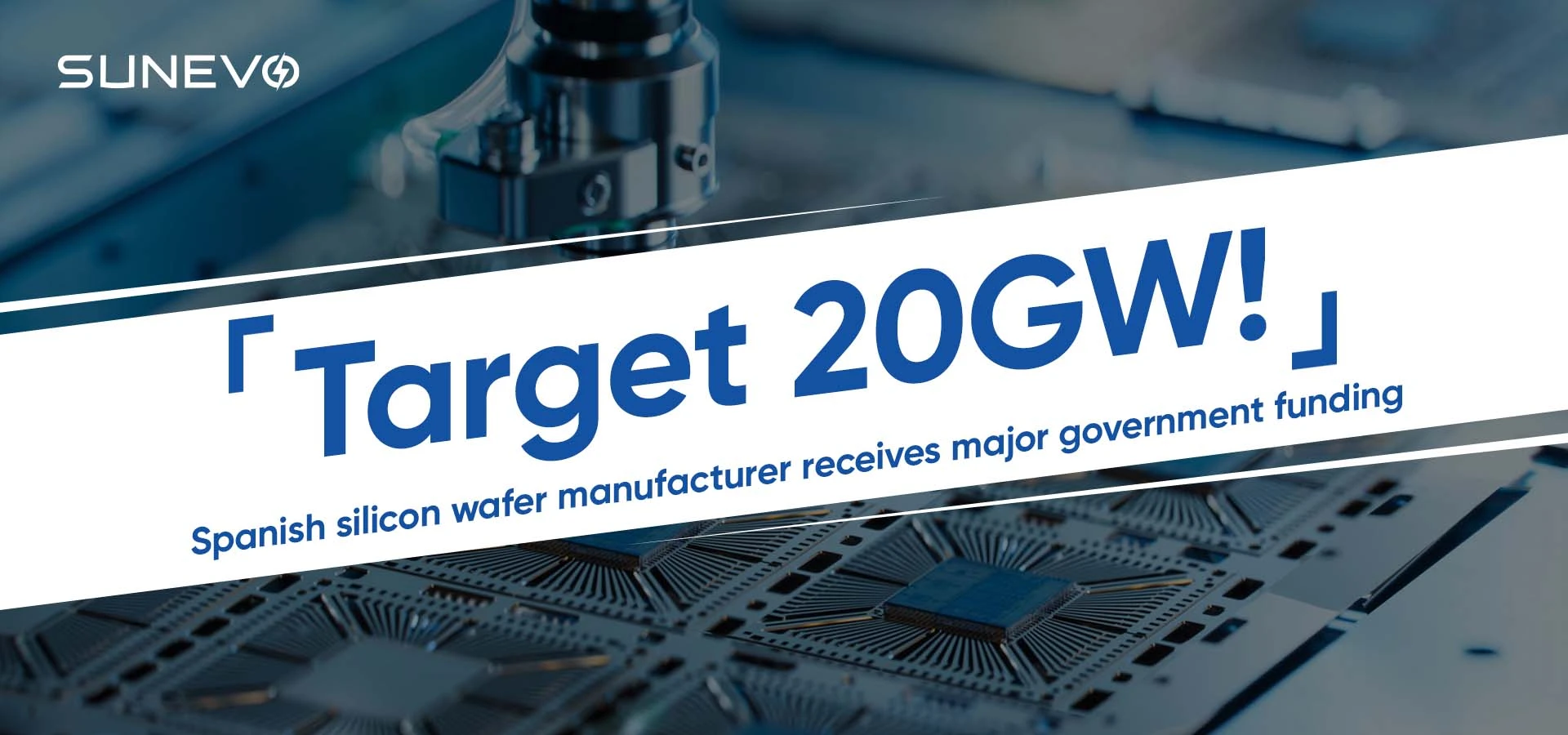 Target 20GW! Spanish silicon wafer manufacturer receives major government funding
Target 20GW! Spanish silicon wafer manufacturer receives major government funding